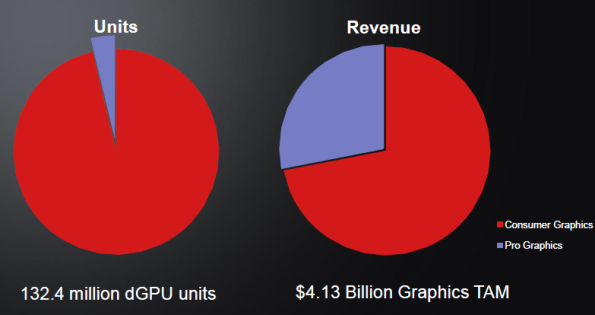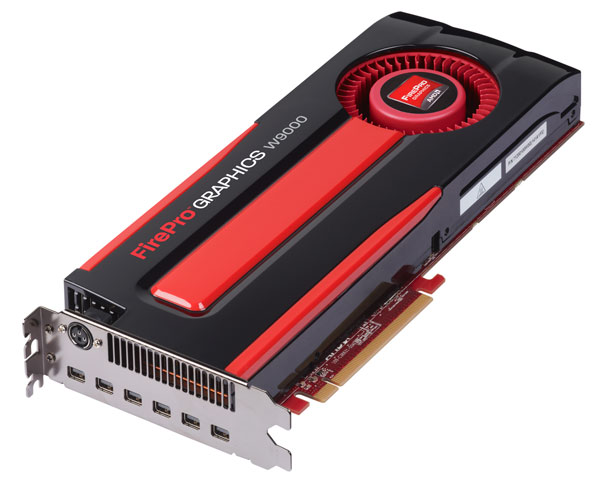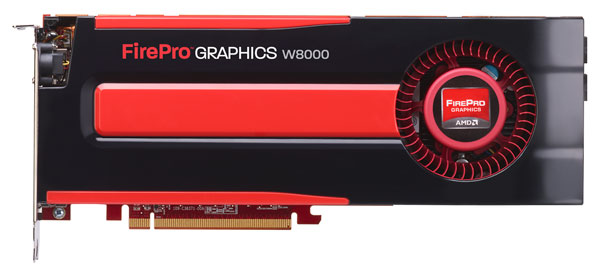AMD FirePro W8000, W9000 Challenge Nvidia's Quadro
Introduction
As of today, AMD has a new set of high-end professional GPUs available -- and a new shot at the professional GPU crown. It's a move the company hopes will allow it to take a greater share of the professional 3D business. AMD's battle against Nvidia in the professional graphics market is similar to the company's struggles against Intel ten years ago. In both cases, initial AMD gains have been partly reversed; Jon Peddie Research estimates that AMD now holds just 15% of the professional market, down from 18.4% six months ago.
Nvidia, meanwhile, has been largely idle. The company's high-end parts, the Quadro 4000, 5000, and 6000, are all based on the original Fermi architecture. By moving first with a new architecture, AMD has (at least hypothetically) stolen a march on its competition.
That's important, for a pretty fundamental reason.
The professional GPU market is only a fraction of discrete GPU unit sales volume, but commands a disproportionately large section of total dGPU revenue. This graph neatly captures why enthusiasts and consumers should care about AMD's professional graphics business. With a four year profit margin of just 5.1%, it's imperative that AMD begin to turn a higher profit from its graphics unit if it's going to keep up with Nvidia or invest significant funds into OpenCL or other optimizations for current software.
The new W9000 and W8000 cards we're reviewing today are replacements for AMD's nearly two-year-old FirePro 3D V9800 and V8800.
Memory bandwidth has increased by 80% and double-precision floating point performance is up to 1TFlop. On paper, these cards appear to be dynamite.
Nvidia, meanwhile, has been largely idle. The company's high-end parts, the Quadro 4000, 5000, and 6000, are all based on the original Fermi architecture. By moving first with a new architecture, AMD has (at least hypothetically) stolen a march on its competition.
That's important, for a pretty fundamental reason.
The professional GPU market is only a fraction of discrete GPU unit sales volume, but commands a disproportionately large section of total dGPU revenue. This graph neatly captures why enthusiasts and consumers should care about AMD's professional graphics business. With a four year profit margin of just 5.1%, it's imperative that AMD begin to turn a higher profit from its graphics unit if it's going to keep up with Nvidia or invest significant funds into OpenCL or other optimizations for current software.
|
The new W9000 and W8000 cards we're reviewing today are replacements for AMD's nearly two-year-old FirePro 3D V9800 and V8800.
Memory bandwidth has increased by 80% and double-precision floating point performance is up to 1TFlop. On paper, these cards appear to be dynamite.










